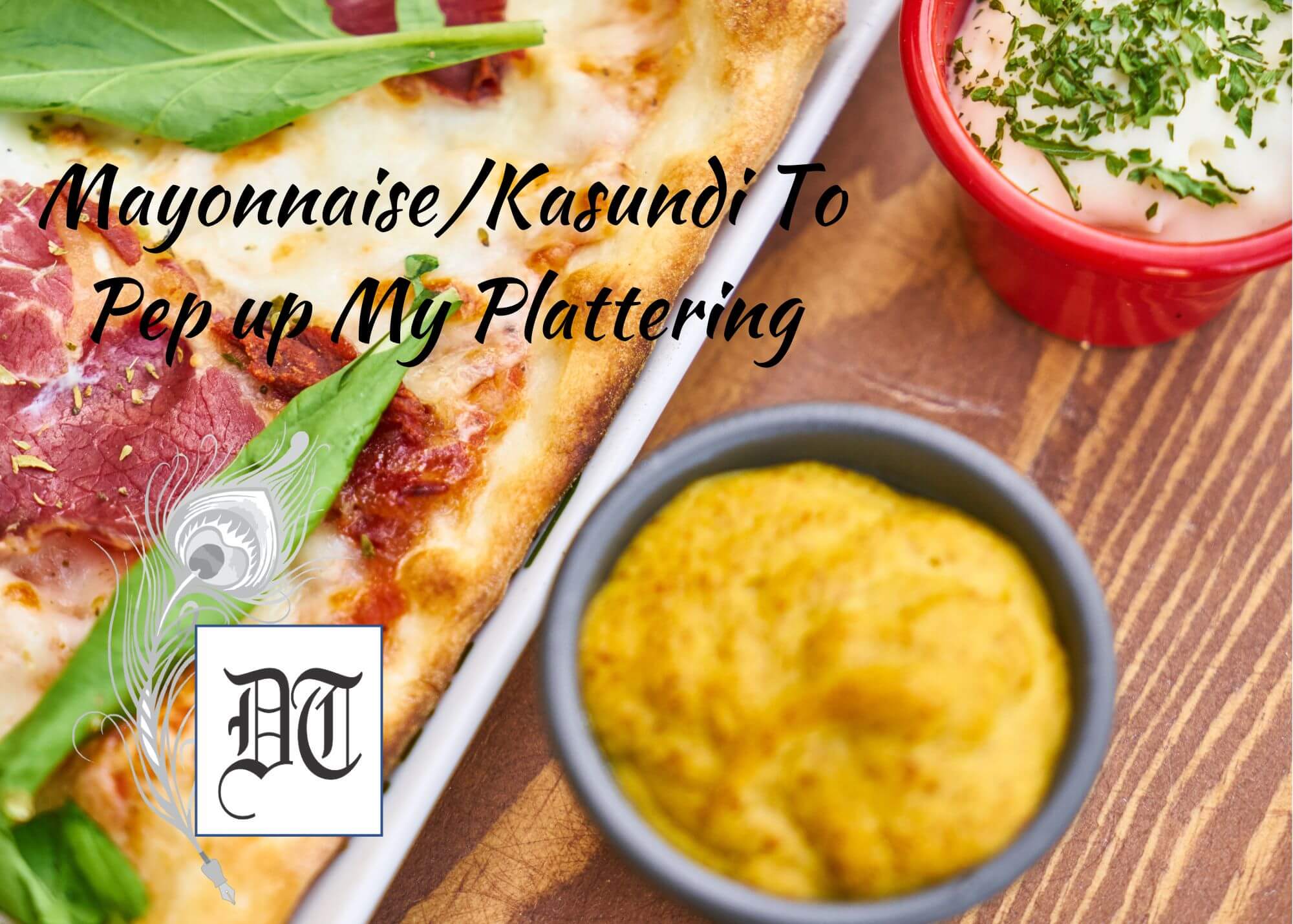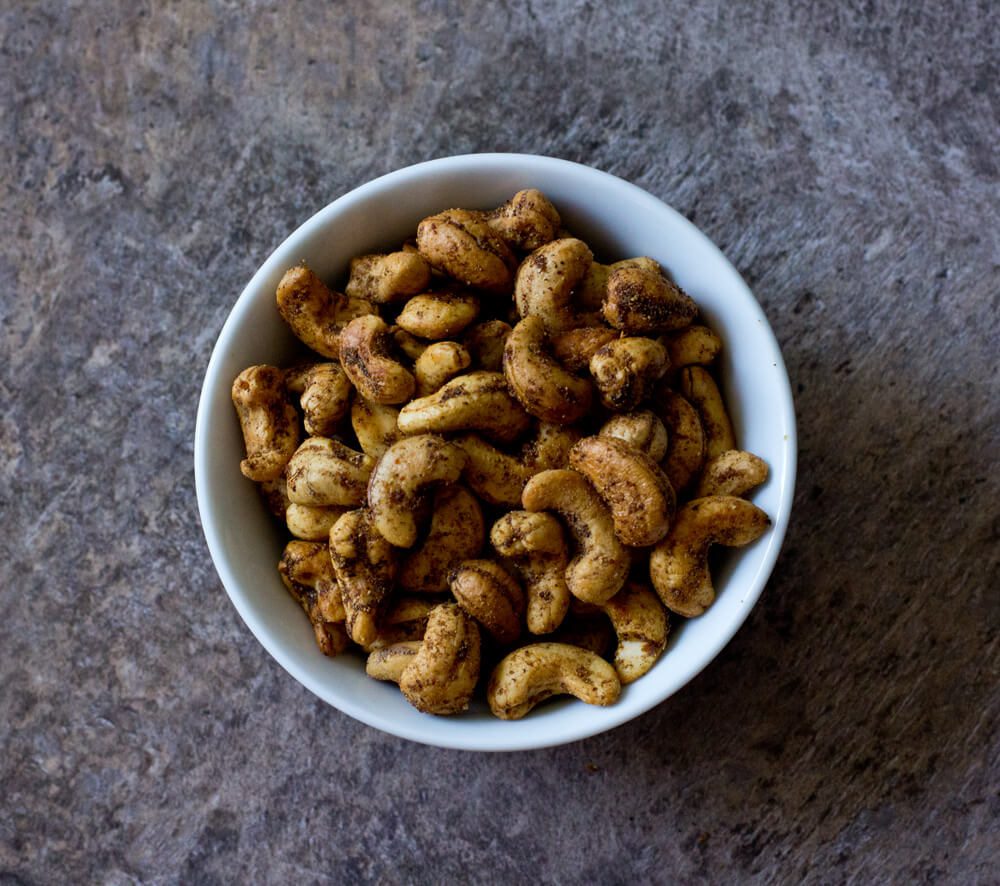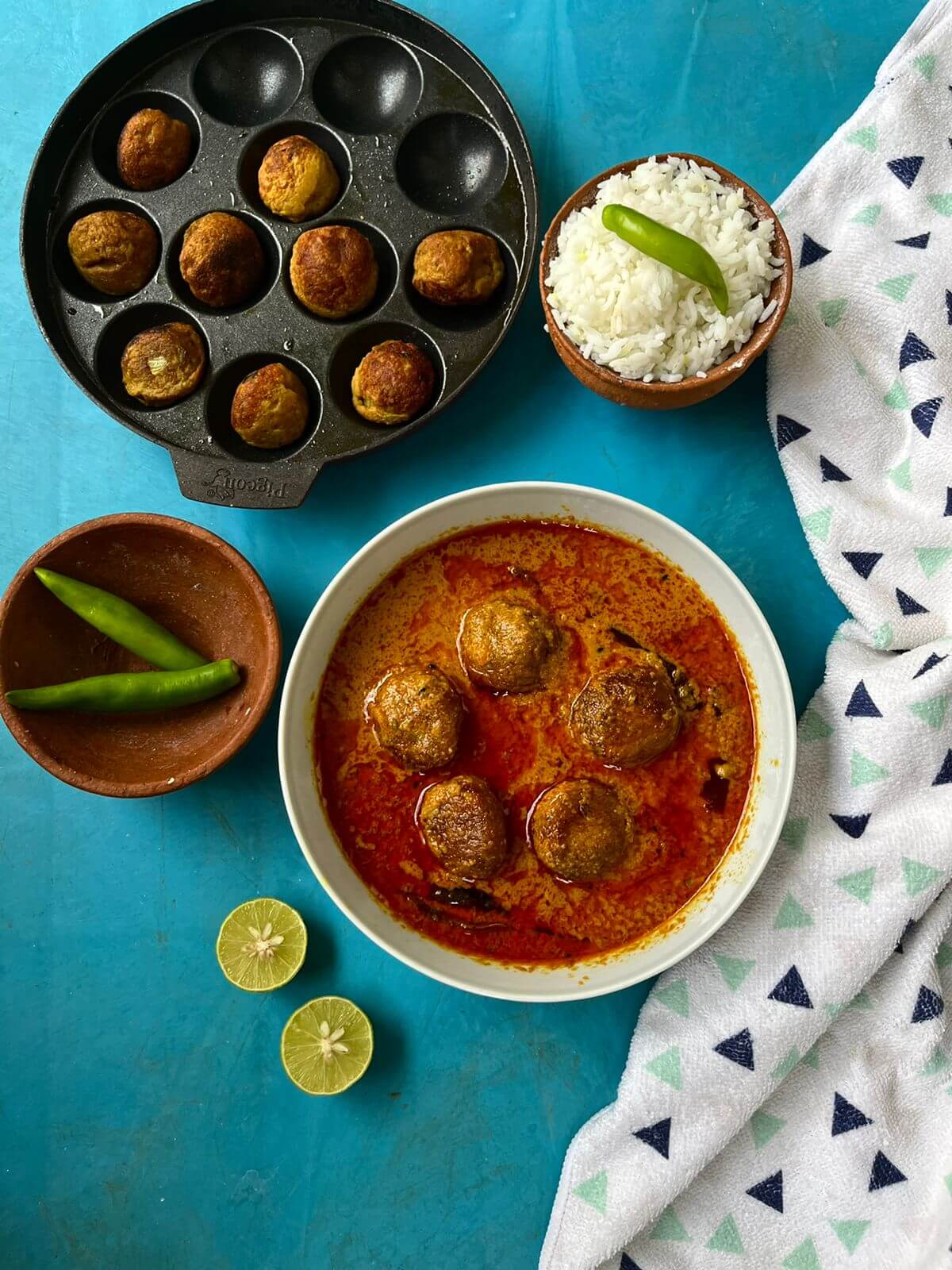There have been arguments and disputes about the origin of noodles. China, the Mediterranean area and Arabia seem to be the forerunners in this claim game. An article said that perhaps the oldest evidence of consumption of noodles was from 4000 years ago in China. The Lajia archaeological site in China became famous as archaeologists working in the People’s Republic of China found an earthenware bowl containing noodles made from foxtail millet and broomcorn millet supposed to be from the Neolithic period. The earliest written evidence of noodles is in a book from the Eastern Han period (from 206 BC to 220 AD). Europe and Near East had their own brush with this food. In 1 st century BCE, Horace wrote of Lagana, which were fried sheets of dough but rather, unlike the current pasta. The Greek physician, Galen, speaks of Itrion in the 2nd century CE, meaning all homogenous mixtures of flour and water, while the Latinised word Itrium referred to boiled dough. The Jerusalem Talmud also talks of Itrium. The first written record of dry pasta is when Arabs used it for long journeys in the 5th century. Isho bar Ali, a 9th-century Arab physician, talks of Ittriya. Lily takes a look into the debate about the origin of noodles, in the weekly column, exclusively for Different Truths.
A plate piled high, full of wriggly, slippery as eels noodles are just the comfort food many of us would order after a distressing day at work. An instant mood booster that gives a serotonin rush, these noodles are a popular phenomenon embracing all cultures and people.
The heady smells arising from a wok full of soya sauce and vinegar splattered noodles can make the salivary glands go into overdrive. The Béchamel drowned pasta of Italy or the Iddiappam of Kerala and the Seviyaan Kheer, which is sweetened vermicelli in milk are different strokes of the same paint brush. Yet one tends to mostly associate noodles with China. Made from unleavened dough that is rolled or extruded after stretching, noodles are a staple food in many parts of the world. The most common noodles  are in long thin strips though they are in different shapes like tubes, shells, waves, helices, strings or even folded over. They are generally cooked by first boiling them with cooking oil and salt and then pan frying after draining the extra water.
are in long thin strips though they are in different shapes like tubes, shells, waves, helices, strings or even folded over. They are generally cooked by first boiling them with cooking oil and salt and then pan frying after draining the extra water.
There have been arguments and disputes about the origin of noodles. China, the Mediterranean area, and Arabia seem to be the forerunners in this claim game. An article said that perhaps the oldest evidence of consumption of noodles was from 4000 years ago in China. The Lajia archaeological site in China became famous as archaeologists working in the People’s Republic of China found an earthenware bowl containing noodles made from foxtail millet and broomcorn millet supposed to be from the Neolithic period. This claim seemed a little shaky, as it was tough to make noodles from these millets, which lacked gluten. The earliest written evidence of noodles is in a book from the Eastern Han period.
Noodles made from wheat dough were a staple in the Han Dynasty (from 206 BC to 220 AD), cut into strips during the Tang Dynasty (from 618 AD to 907 AD) and dried in the Yuan Dynasty (from 1279 AD to 1368 AD).
It is said that a recipe by a Buddhist monk brought noodles to Japan in the 9th century. Persians were  eating Reshteh noodles in the 13th century. The Joseon Dynasty of Korea (from July 1392 AD to October 1897 AD) made noodles from buckwheat in the 14th century. Ramen Chinese noodles were eaten happily in Japan by 1900 AD. Momofuku Ando first invented and marketed instant noodles, in Japan, in 1958.
eating Reshteh noodles in the 13th century. The Joseon Dynasty of Korea (from July 1392 AD to October 1897 AD) made noodles from buckwheat in the 14th century. Ramen Chinese noodles were eaten happily in Japan by 1900 AD. Momofuku Ando first invented and marketed instant noodles, in Japan, in 1958.
Europe and Near East had their own brush with this food. In 1 st century BCE, Horace wrote of Lagana, which were fried sheets of dough but rather, unlike the current pasta. The Greek physician Galen speaks of Itrion in the 2 nd century CE, meaning all homogenous mixtures of flour and water, while the Latinised word Itrium referred to boiled dough. The Jerusalem Talmud also talks of Itrium. The first written record of dry pasta is when Arabs used it for long journeys in the 5th century. Isho bar Ali, a 9th-century Arab physician, talks of Ittriya, Arab form of the Greek word, for the string like shapes from semolina and dried before cooking.
The story doing the rounds is that perhaps Marco Polo took back noodles from his voyage in the 13th century, seems a tad far-fetched, as there was evidence of macaroni even before in Italy. Marco called the noodles he saw in China, as a kind of Lagana, which is the older word for Lasagne showing that he clearly knew what these noodles were. This, of course, doesn’t go to prove that the Italians invented noodles. The noodle is actually ubiquitous throughout the continent. It may be unfair to rally around the China-Italy debate alone. Ever since grain was discovered it had been consumed as gruel, porridge. Then next natural step would be the dough that could be roasted as bread or boiled as dumplings and noodles.
We can’t say how it came to South Asia through the Sri Lankan string hoppers Iddiappam and the vermicelli was very much here. The Afghans, Georgians and Turks eat a boiled dumpling. Arabs have been adding noodles to their soup. Egyptians add noodles to their Kushery and the North African Couscous is a kind of pasta too! Besides Italy, all of Eastern Europe eats noodles in some form. The Russian beef Stroganoff is served over noodles, Pierogi, Vareniki and other filled dumplings are common in Russia, Poland, and Ukraine!
Germany has Spaetzle, Hungary has Tarchonya. Lokshen Kugel is the sweet pudding and the Jewish chicken soup has noodles.
The nomadic herding tribes of Central Asia have been believed to have carried cheese and yoghurt to the rest of the world. They may well have taken noodles too. The Mongols spread pasta from China to Siberia. Their popular dumplings Pelmeni are a lot like the Chinese pot stickers Jiaozi. The Turkish Manti and the Korean Mandu have similar names. The Lagman is a lamb and noodle dish loved by the Kazakhs, Uzbeks and Uighurs.
When I look at the different types of spaghetti and dumplings, I am sure that there cannot be one single place of their origin. History confuses with Ravioli, Gnocchi and the soft noodles Kway-teow!
Now, while I get my breath back from all this huffing and puffing around the world, let me tell you that the most satisfying meal of noodles is the one I had in my university Chinese restaurant more than three decades ago in Chandigarh. It was a highly Indianised version, which meant that the chillies in the sauce made my eyes water and the smoke come out of my ears but the blissful expression on my friend’s face was worth a million bucks. Our lives are far apart now for students graduate to being grandmas but the taste of those desi noodles lasted a lifetime. Another memorable dish was the simple Tibetan Thukpa that I ate in a monastery in Dharamshala, in Himachal Pradesh. We have Nepali immigrants set up shop on roadsides in North India, cooking up a storm in a wok with a unique dish of noodles and the precious momos, which are every student go to food when in stress! So, I think I will let the food historians worry about the origin, while I lap up my pasta in a delicious white sauce with a generous sprinkling of parmesan!
Ciao till next Wednesday.
©Lily Swarn
Photos from the internet.
#Noddles #HistoryOfFood #Pasta #ChineseFood #DynestyOfChina #Lasagna #ItalianFood #Dumpling #KoreanFood #BoiledDough #OrginOfNoddles







 By
By

